Google Search Campaigns are one of the most popular forms of online advertising.
If you’ve always wanted to run a Google Search Campaign of your own, but didn’t know how, this article will help you learn what you need to get started.
Even if you don’t know what a Google Search Network ad is, you’ll be amazed at the possibilities of these ads, after learning more about them.
By the end of this post, you’ll know more than enough to run a profitable Search Campaign of your own.
Let’s begin!
What are Google Search Campaigns?
Chances are, if you’ve used the internet, you’ve come across advertisers who are running Google Search Campaigns.
Google Search Campaigns allow for you to display advertisements in the search listings of a Google Search, its a display ad in search results.
This is useful when you consider that 93% of online experiences begin with a search engine.
When running a Google Search campaign, you can pick the keyword that triggers your search and display ad.
For example, if you’re selling ‘fishing rods,’ you can decide that you only want your ads to be shown when someone types the word ‘fishing rods,’ into Google.
Depending on how well your ad is optimized, and how much you’re bidding for your ad, you can influence how high your ad shows in the search network listings.
Laying the groundwork of your campaign
Before you run a Google Search campaign, you need to do some groundwork and develop a plan for your ad group.
Running a Google Search campaign can cost a lot of money and, if you don’t plan ahead, you’ll end up running ads that don’t generate an R.O.I. – while losing a lot of money in the process.
On top of that, if you fail to plan ahead, your conversion rate will be a lot lower than the average of 2.7% for typical Adwords campaigns.
So, what do you need to think about, when developing a Google Search Campaign plan?
One factor that you should pay attention to are the keywords that you’re going to be targeting.
The keywords, rather than image or text ad data, you target are arguably the most important factor when running a Search campaign.
After all, the keywords you select can influence how much your campaign is going to cost, but also the likely success of your search and display campaign.
Why?
Let’s first take a look at why keywords influence the success of your campaign.
Let’s continue with the example of ‘fishing rods,’ from earlier.
The success of your campaign is going to depend on your ability to accurately identify keywords with ‘buyer intent.’
In layman’s terms, that means keywords people type into Google when they’re actively looking to buy something.
What keyword do you think is going to drive better results when running a Search Campaign on Google.
‘Buy fishing rods’ or ‘fishing rods’?.
Odds are, it’s going to be, ‘Buy fishing rods.’
Those people are the ones who are looking to purchase something right now.
People just typing in ‘fishing rods,’ might still be in ‘research mode.’
It can also be a good idea to run a display network campaign based on a specific product or model name.
Again, this is because if someone is searching in relation to a specific product, there’s a good chance that they’re looking to buy – as opposed to the intent of someone who just runs a generic search.
When it comes to identifying keywords that are going to generate positive R.O.I., you don’t have to rely on guesswork.
That’s because you can use something known as the Google Keyword tool.
This tool let’s you know what keywords people are typing into Google, in relation to a specific topic and getting search results.
It also let’s you know which keywords cost the most ‘per click,’ and how much competition there is, too.
Note: The keywords that cost the most tend to let you know which keywords are the most profitable.
Remember, Google Ads work using auction mechanism.
The price of ads rise, depending on who’s willing to pay the most for any one display ad.
And, if marketers are willing to outbid each other to a high degree, there’s a good chance that it’s because they can afford to bid so highly, as they have confidence that the ad will still generate a positive R.O.I. – in spite of the high bid.
This is all because high value keywords with buyer intent tend to convert much better than keywords that don’t represent buyer intent.
For example, if you pick a targeted keyword that signals buyer intent, you might be able to convert 1 in every 5 people that image ad click.
This is opposed to converting 1 in every 50 for a keyword that is less targeted and lacks buyer intent.
In a situation like that, it’s easy to see how a $2 CPC keyword might prove more profitable than a $0.50 CPC keyword.
Of course, this is all assuming that your landing page is adequately optimized – something we’ll touch on later.
Knowing that, let’s take a look at how you can use the Google Keyword tool to come up with keywords for your ad group.
First, head over to https://adwords.google.com/ko/KeywordPlanner/Home.
Once there, select the option of ‘Search for new keywords using a phrase, website or category.’
Then, input a basic keyword that’s related to what you’re looking to sell.
So, in my case, I’ve entered ‘fishing rods.’
Upon doing so, I’m presented with the following page.
This page can be a little bit overwhelming at first, so let’s break it down.
The bar chart at the top of the page lets us know the ‘average monthly searches’ taking place, in terms of keywords related to the keyword ‘fishing rods.’
Below that, you’ll notice that I’ve highlighted the tab called ‘Ad group ideas.’
This is essentially where Google has grouped search and display keywords into topics.
Each Ad Group also has its own ‘Avg. monthly searches,’ figure. This helps us identify high volume keywords that could potentially provide a lot of traffic volume.
For now, however, we’re more interested in ‘Keyword ideas.’
When you click on this tab, you’re shown a ‘suggested bid,’ and search data, based on the keyword you initially typed in.
However, you are also provided with data for the other keywords that were provided as a result of using the Keyword tool.
I’ve sorted the keywords by ‘Suggested bid,’ making it easy for us to see some high value keywords for the text ad.
I’ve highlighted one keyword, in particular, that has a low search volume, but high suggested bid.
As mentioned earlier, this signifies a high value keyword that has the potential to generate a high ROI.
It’s a specific keyword that’s based on a product and people typing it into Google are probably ready to buy.
You might notice, however, that a lot of these keywords aren’t that useful for people who are in the business of selling fishing rods.
As a result, it can be helpful to click through the ‘Customize your search,’ option on the left sidebar and then open up the ‘Keyword options,’ tab.
When that tab has been opened, select the ‘Only show ideas closely related to my search terms,’ and then click on ‘Save.’
You’ll now notice that a lot of the ‘Ad Group Ideas’ and ‘keywords’ are more relevant and provide much more in the way of keywords with ‘buyer intent.’
The same applies to the keywords returned.
In any case, what you’ll want to do after reviewing these keywords is to jot them down. You might even want to download them, by clicking on the ‘Download’ button.
On a side note…Once you’ve identified some worthwhile keywords, you’ll then want to take a look at the webpage you’re sending ad traffic to and is it mobile device optimized.
If you’re sending traffic to a landing page, make sure that your landing page is compliant with the guidelines Google provides.
Even if you’re sending traffic to a normal webpage, ensure that the page in question follows the guidelines.
780 million ads were disabled in 2015 due to policy violations – don’t belong to that kind of statistic.
Now, let’s take a look at how you can set up a campaign.
Setting up a Google Search Campaign
Log into Adwords and then click on ‘+ Campaign.’
Then, select the option, ‘Search Network only.’
You now have the chance to customize your campaign.
First, give your campaign a name. Then, leave the ‘Standard’ option enabled.
For the ‘Networks,’ option, make sure you untick ‘Include search partners.’ This will ensure the quality of your traffic is high, as clicks will originate only from searches that take place directly on Google.
A search partner offers a similar product as you, but you don’t want ads competing directly on a competitors site in many cases.
You then have the ability to choose a ‘Location’ for your ad. Pick something that is relevant to your offering and circumstance.
If you’re advertising in a foreign country, pick ‘English’ as the language, so that you’re still showing your ads to people who find them relevant.
You can then adjust your, ‘Bid strategy.’
If you’re new to Adwords, you might want to pick the ‘Maximize clicks’ option.
Don’t be too worried about what you pick here, as you can always adjust your bidding options later.
The budget section dictates how much you’re going to be spending, per day, on your ads. Your ads will never go over this daily spend limit.
You can experiment with the ‘Ad extensions’ section, once you have a bit more experience with search campaigns.
For now, however, just click on ‘Save and continue.’
You then get the chance to set up your Ad Group.
You can obtain keyword suggestions here, by typing in the URL of your landing or other page where you’re sending traffic to.
However, it’s arguably better to come up with your keywords using the display network strategy we went through earlier.
When typing in your keywords, it’s important that you pay attention to ‘Match Types.’
Match Types influence the ‘kind of keywords’ that trigger your ad or entire ad group.
If you pick ‘Exact match,’ your ad will appear only when the exact keyword or phrase you have provided is entered into Google Search.
If you pick ‘Broad match,’ your ad will appear for a variety of keyword variations that are typed into Google Search.
Exact Match is often the best option for people who are just starting out with Adwords to get search network traffic.
Below, you’ll find a great explanation, in terms of the different match types.
You then have the chance to create the copy of your ad.
Creating effective copy for your search and display ad is something that takes a lot of skill.
On the right hand side of the page, Google provides you with some suggestions, in terms of how you can write up the copy.
Google has also provided some extra advice, on what you can do to write exciting and enticing copy.
If you bid for a certain keyword, make sure that your ad copy contains that keyword. This makes your display ad seem more relevant and the matching of the two will improve clicks.
You also need to make sure that your ad headlines match your landing page headlines – I briefly touched upon this above.
Optimizely found that they could improve conversions by 39.1%, by matching landing page headlines with ad headlines.
Below shows how Optimizely set up their campaigns, initially.
The next image shows how Optimizely adjusted their ads and landing pages in order to improve search network conversions.
Aside from reading more on the topic and practicing, studying other ads can be a great way to improve your skills.
Keep an eye out for appealing ads, as you’re using Google on a day-to-day basis. ‘Screenshot’ these ads and keep them in a ‘Swipe file.’
You can then use these ads for inspiration, when running your own campaigns.
You can also use a tool, like SpyFu, to find competitor ads that have been running for a long time.
If an ad has been running for a long time, there’s a good chance that the marketer running that ad is turning a profit – after all, they’ve found a way to fund that ad for a long period, so it’s most likely profitable.
Once you’ve created your ad copy, you then have the chance to review your campaign.
Once you click ‘Save and finish,’ you then have to wait for Google to approve your campaign.
If you ever want to adjust the bidding strategy for your image ad campaigns, you can do that by going into the ‘Settings,’ of your campaign.
Once there, you can scroll down to the section called ‘Bid strategy,’ and adjust it so that you’re bidding ‘manually.’
Once you’ve done that, you can go back into your ad group and take a look at the keywords that you’re bidding on.
You’ll be shown what the ‘First page bid estimate’ is, notifying you of what you ought to be paying per click.
You can enter in a bid amount by clicking on the figures in the ‘Max. CPC’ column.
If you bid high, there’s a good chance that you’ll appear higher in the search listings.
Appearing high in the search listings is worth it, when you consider that the top three listings on the first search results page earn 41% of the clicks.
Conclusion
If you’ve never run a Google Search Campaign before, you’re probably excited to get one going now, after having read this post.
But, you need a plan of action, if you want to ensure that your ads are going to generate a return on investment.
In this post, we’ve examined how you can find the right keywords, so that you can improve the odds of having a successful search and display campaign. We also explored how you can write effective ads that will get people to click on them.
So…Now that you know everything you need to – why not get the ball rolling and see what’s possible for your business when using Google Search Network ads.
Best of luck!
Do you have any tips that you can share in relation to setting up a profitable Google Search Campaign?

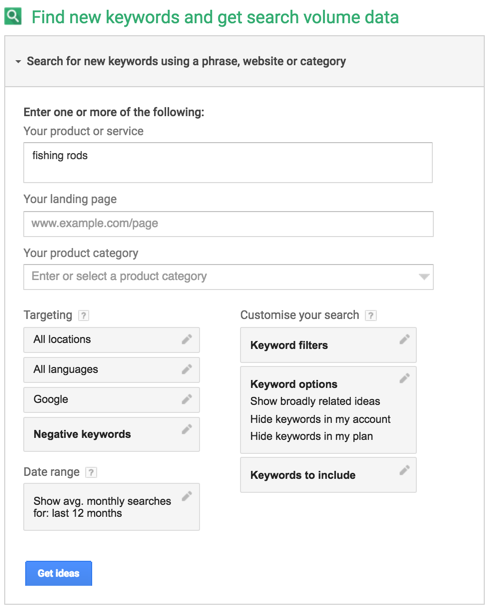
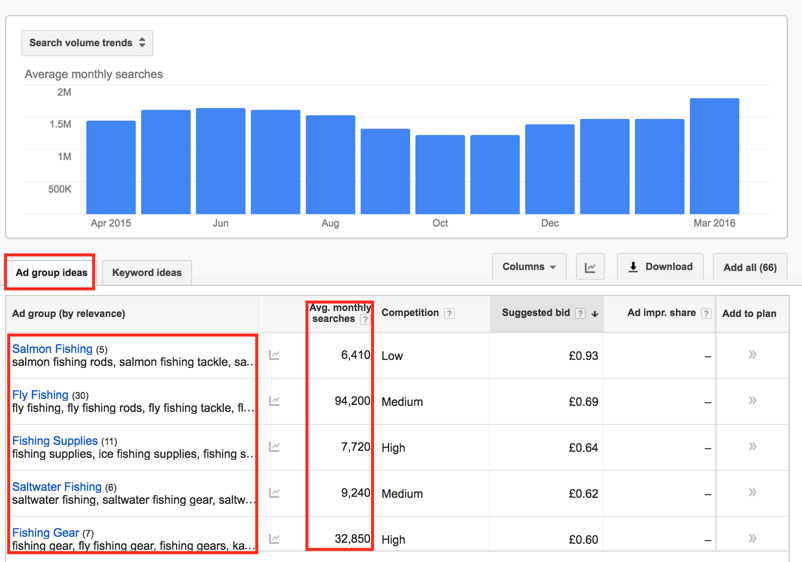
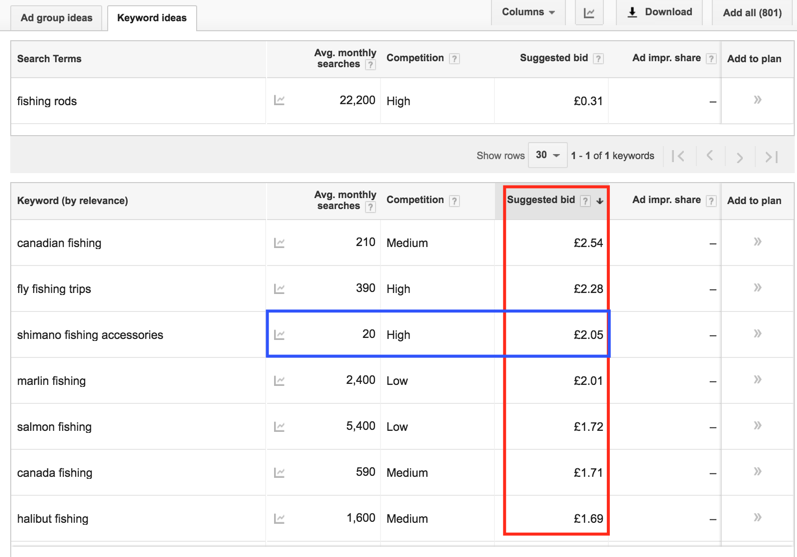

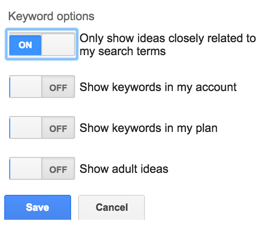
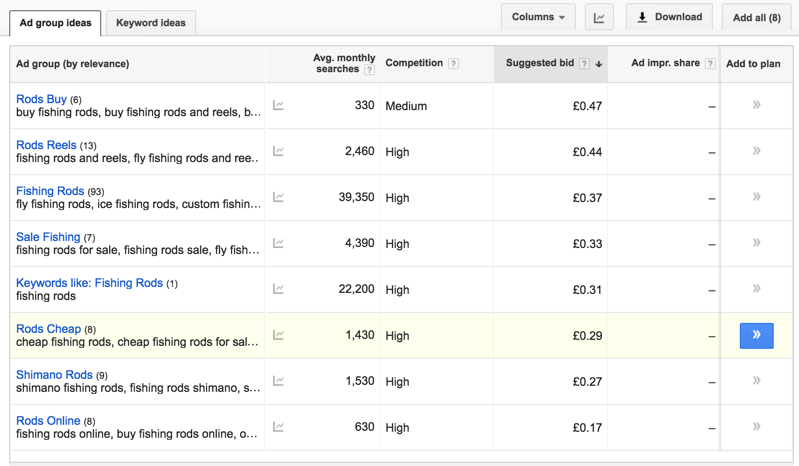
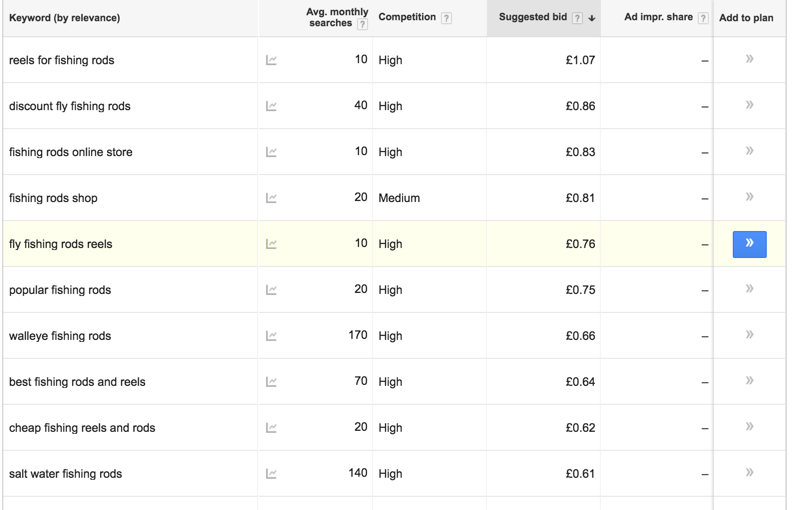


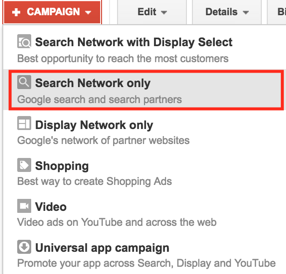
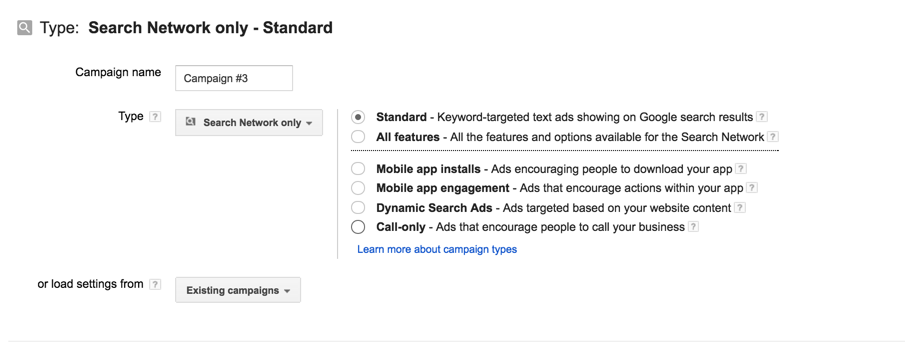


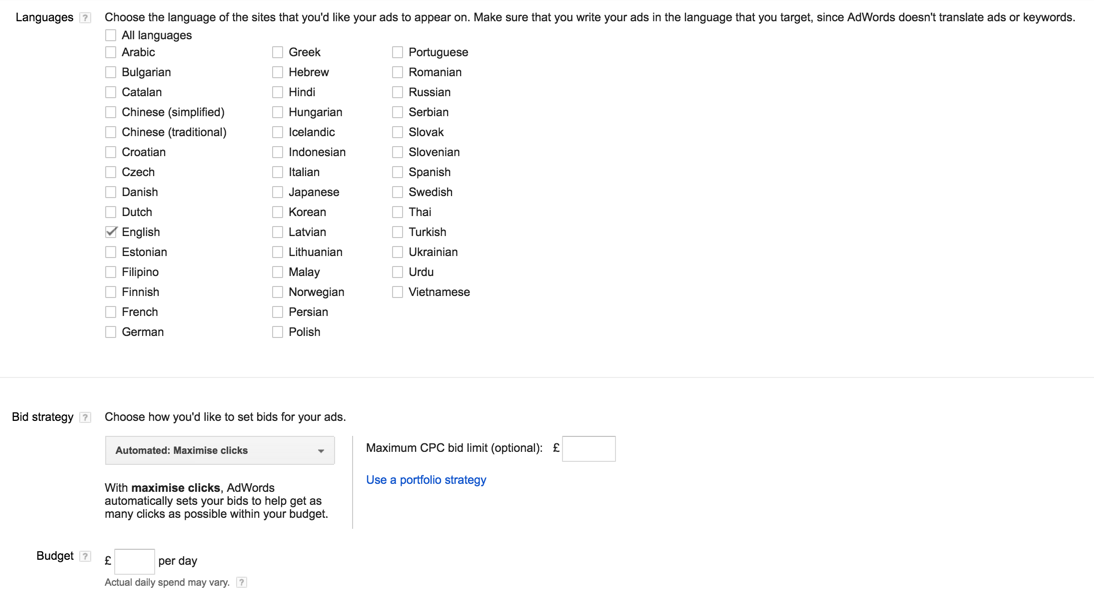
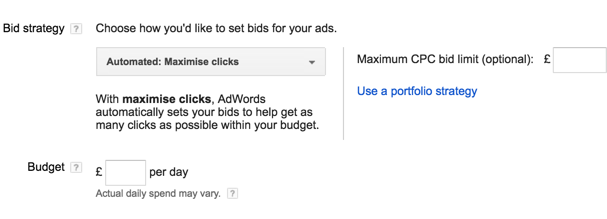
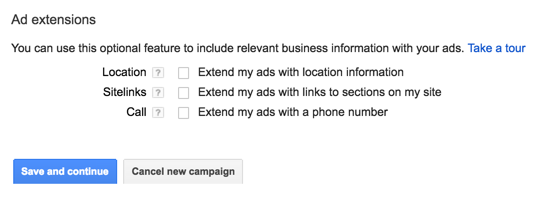
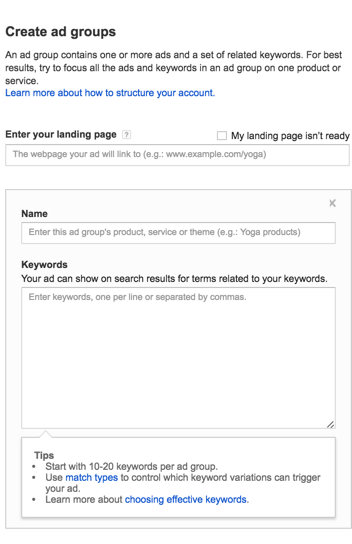
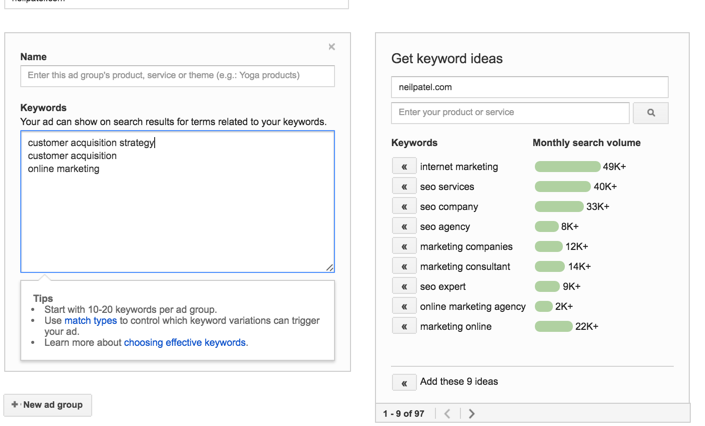
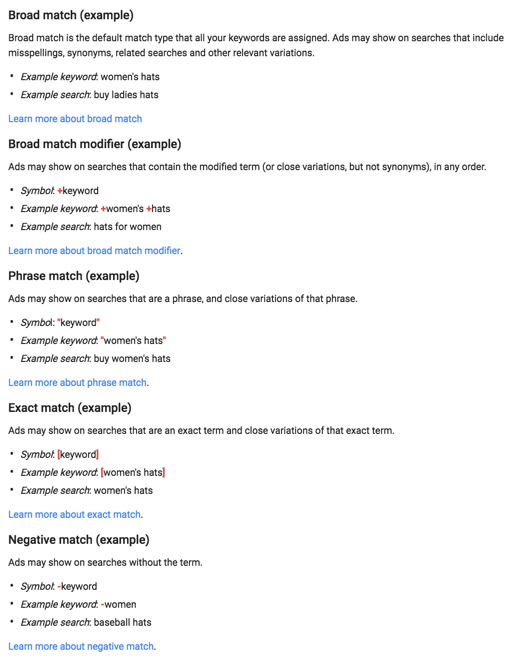
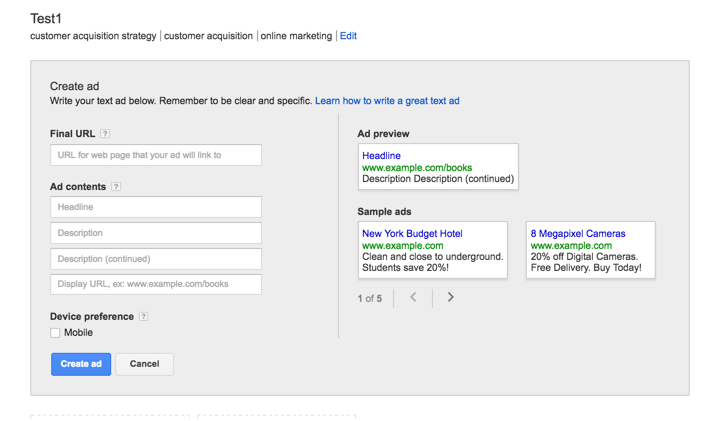

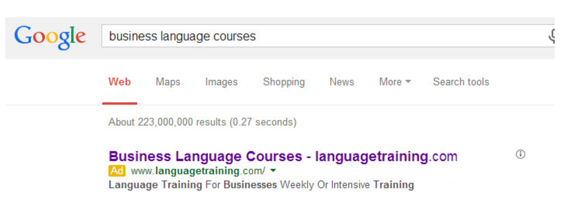
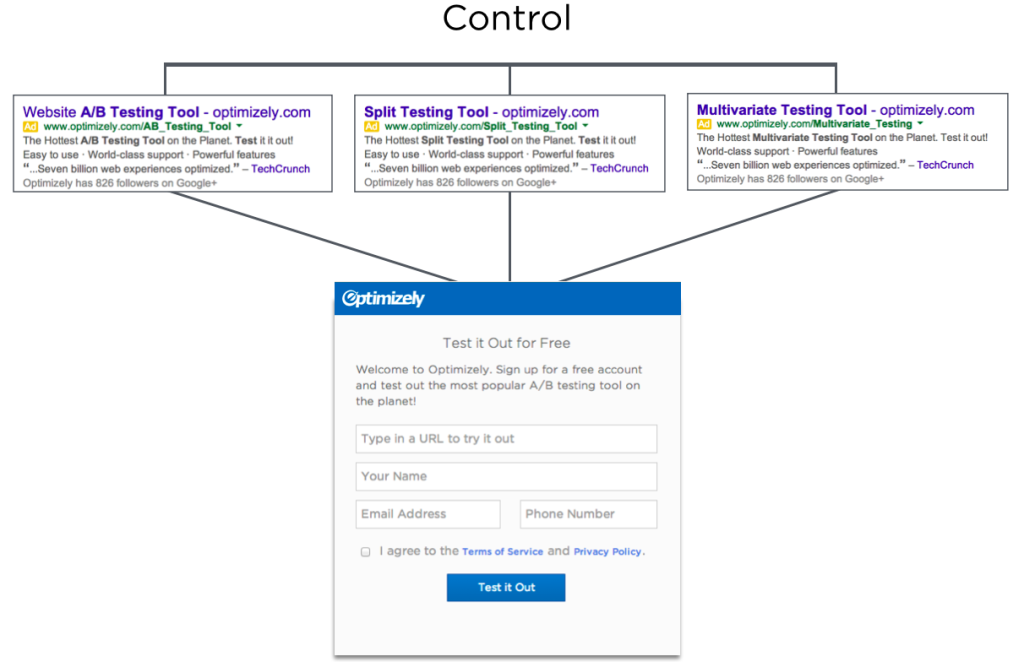
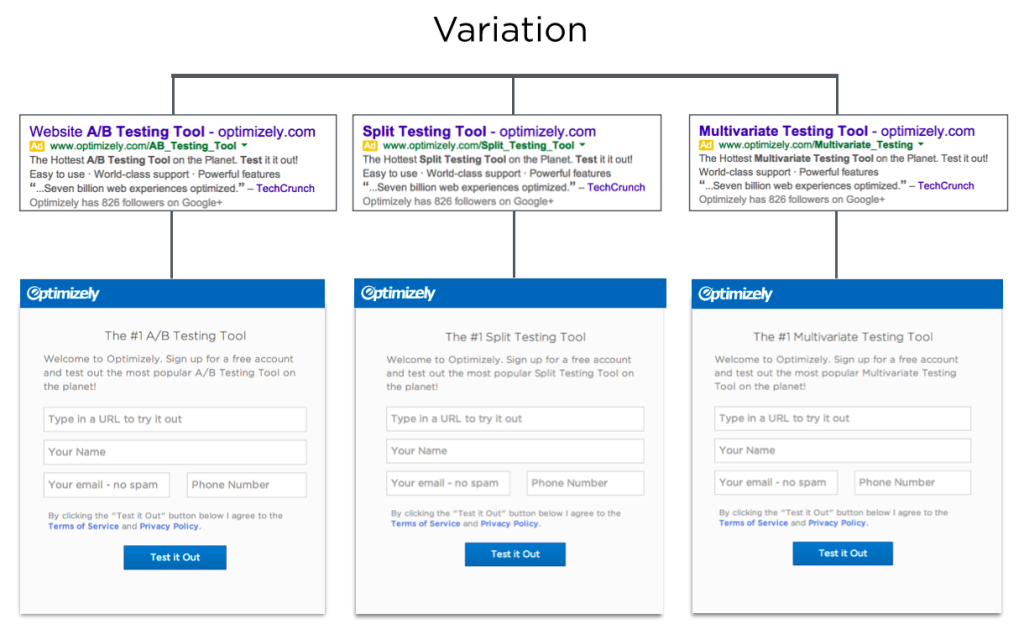
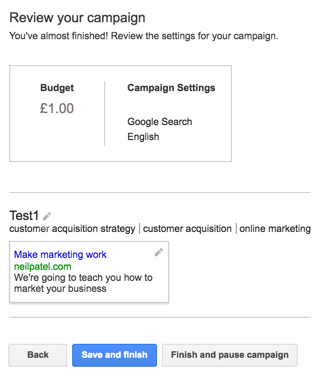

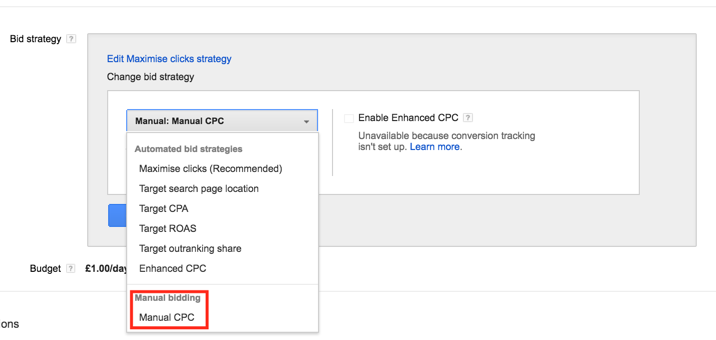


Comments (49)